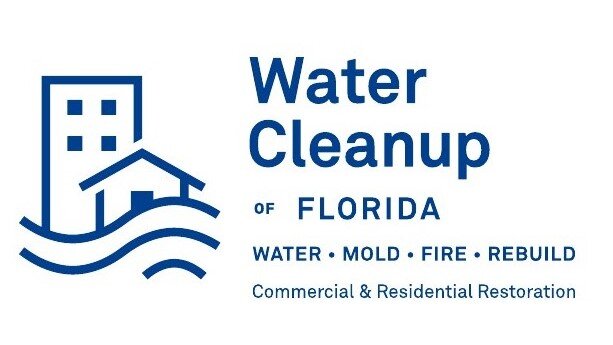Understanding Fire Damage
Fire damage extends beyond the immediate impact of flames. It encompasses:
Heat Damage: Intense heat can compromise structural elements, leading to potential instability.
Smoke and Soot Damage: Smoke infiltrates porous materials, causing discoloration and persistent odors. Soot, a byproduct of incomplete combustion, can be acidic, leading to further deterioration of surfaces.
Water Damage: Efforts to extinguish the fire often result in water damage, promoting mold growth and affecting structural integrity.
Immediate Steps Post-Fire
The actions taken immediately after a fire are pivotal:
Ensure Safety: Only re-enter the property after authorities deem it safe.
Document the Damage: Photograph and list all affected areas and items to facilitate insurance claims.
Notify Your Insurance Company: Promptly inform your insurer to initiate the claims process.
Secure the Property: Board up openings and ensure security to prevent further damage or theft.
The Restoration Process
Restoration involves several critical phases:
Damage Assessment: Professionals evaluate the extent of fire, smoke, and water damage to formulate a restoration plan.
Debris Removal and Cleaning: Eliminating charred materials and cleaning soot-affected surfaces to prevent secondary damage.
Structural Repairs: Addressing compromised structural components to ensure safety and stability.
Odor Neutralization: Utilizing specialized equipment to eradicate persistent smoke odors.
Preventive Measures
To mitigate future fire risks:
Install Smoke Detectors: Ensure functional smoke alarms are present in key areas.
Maintain Electrical Systems: Regular inspections can identify potential hazards.
Practice Safe Cooking Habits: Never leave cooking unattended and keep flammable items away from heat sources.
Use Fire-Resistant Materials: Incorporate materials like stucco and metal in construction to enhance fire resistance.
Emotional Recovery
The emotional toll of a fire is significant. Seeking support from counselors, support groups, and community resources can aid in coping and rebuilding resilience.
Recovering from fire damage is a multifaceted journey, encompassing physical restoration and emotional healing. Engaging with experienced professionals and leaning on community support can facilitate a comprehensive recovery, paving the way for a renewed and safe environment.

